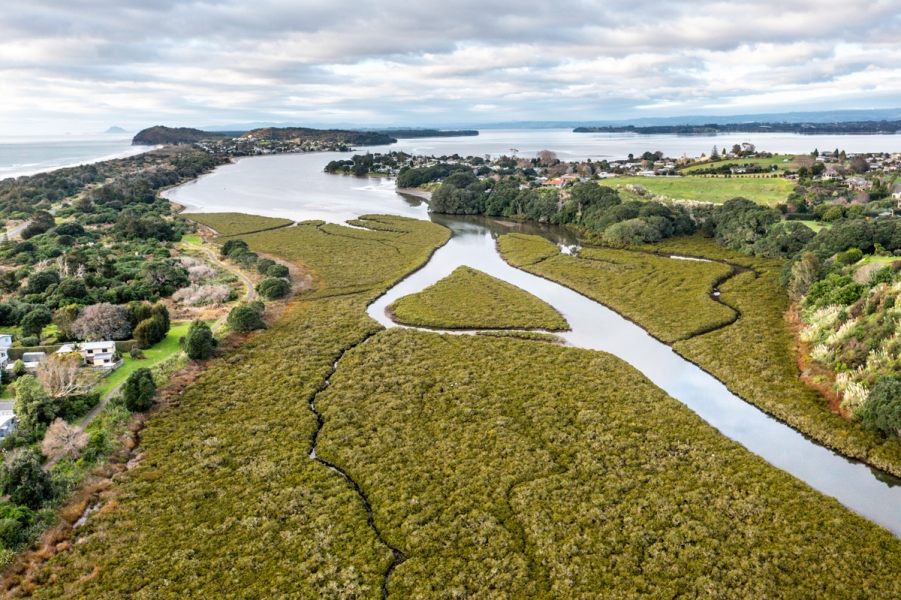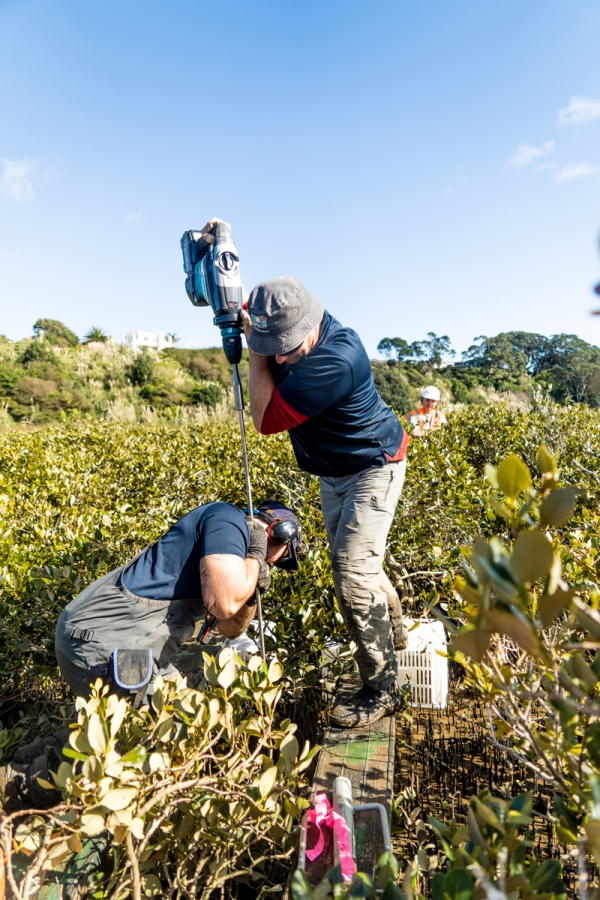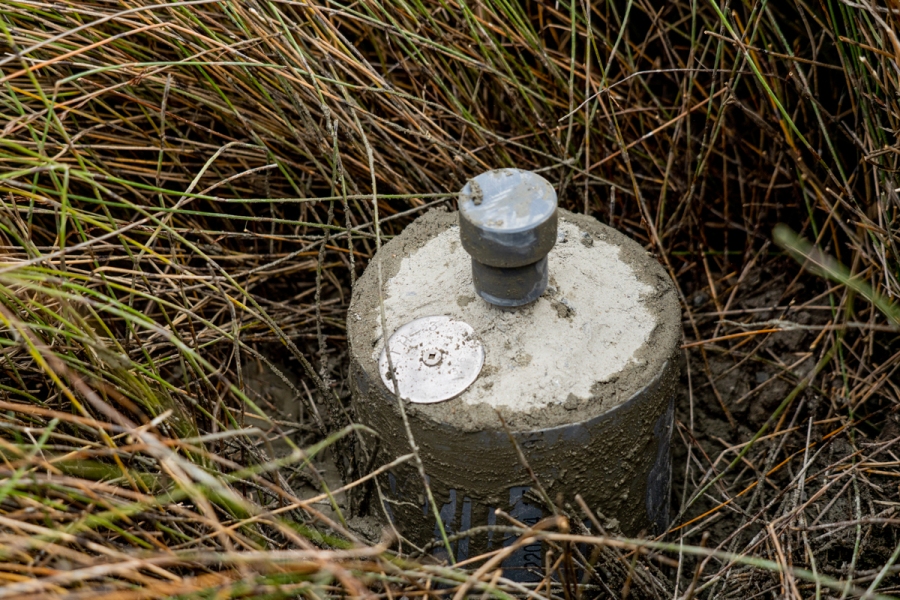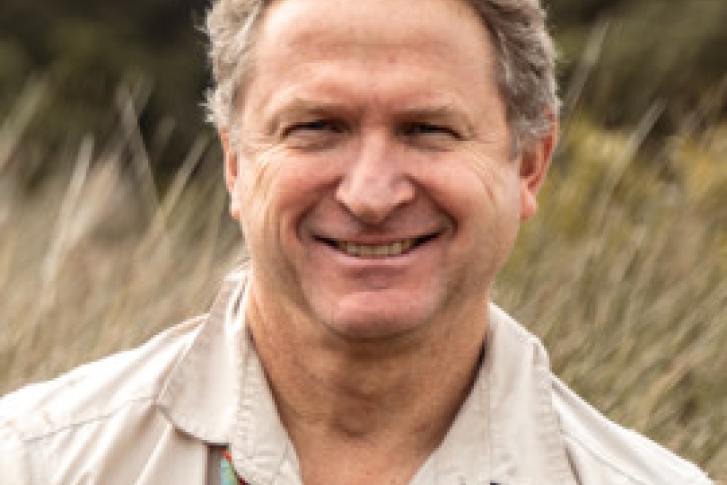Specialised monitoring equipment has been installed in Bay of Plenty estuaries to understand whether our coastal wetlands can survive the threat of inevitable sea-level rise.
Bay of Plenty Regional Council contracted NIWA to install 12 Rod Surface Elevation Tables, or RSETs, in Athenree Estuary and Ōhiwa Harbour in September.
Coastal wetlands containing mangrove and saltmarsh habitats must accumulate sediments and gain elevation at the same rate, or more rapidly, than sea-level rise if they are to survive.
Their survival is critical because they function as a long-term sink for stormwater contaminants, they support biodiversity and provide nurseries for estuarine and coastal species.
NIWA Principal Scientist, Coastal and Estuarine Physical Processes, Dr Andrew Swales, led the RSET installation project.
“We know the rate of sea-level rise is accelerating around the New Zealand coast at different rates. This is an opportunity to work with the Bay of Plenty Regional Council to manage these systems and understand the pressures on them,” said Dr Swales.
Coastal wetlands can migrate landwards as sea-level rises, but this is prevented around the shorelines of many New Zealand estuaries by stop banks, roading and rail infrastructure.
The RSET monitoring sites will provide information to understand the pressures on estuaries from sea-level rise and sediment coming in from the catchment.
“RSETs are used globally to monitor sediment surface-elevation trends in coastal wetlands, relative to rates of sea-level rise. Bay of Plenty is just the second location in New Zealand where the devices have been installed for long-term monitoring, the Firth of Thames was the first in 2007,” said Dr Swales.
The Bay of Plenty Regional Council’s environmental scientist Shay Dean said the RSET data will feed into the council’s estuarine wetland monitoring programme.
“Over time, this will be used to interpret any changes in vegetation, the health of saltmarsh wetlands, and their responses to changing environmental conditions,” said Ms Dean.
Information from the monitoring sites will also inform coastal wetland research in the NIWA-led Future Coasts Aotearoa research programme.
The five-year study aims to provide tools and guidance to help rural communities living in coastal lowlands adapt and prosper despite unavoidable sea level rise. The study could potentially involve installing more RSET sites in key coastal communities over the next year.




